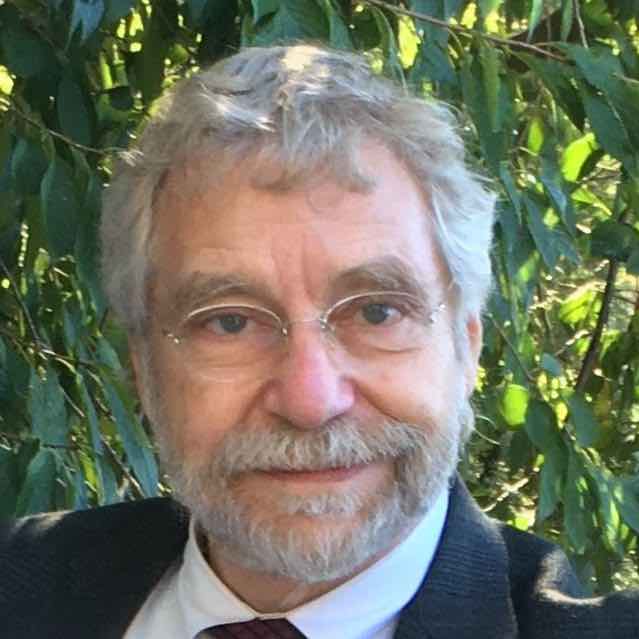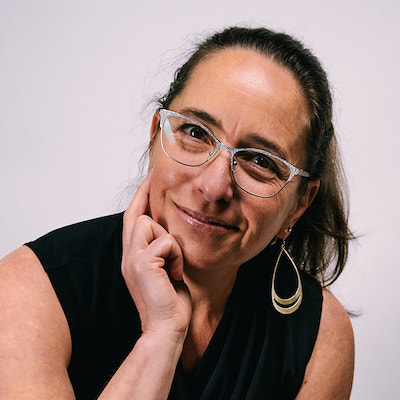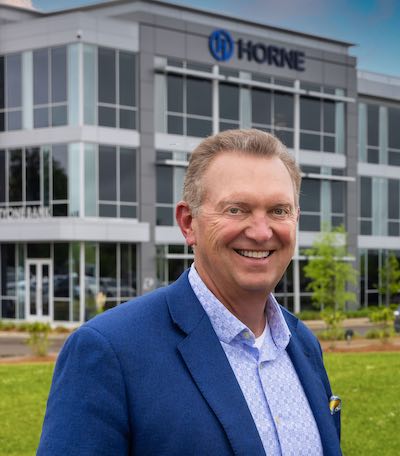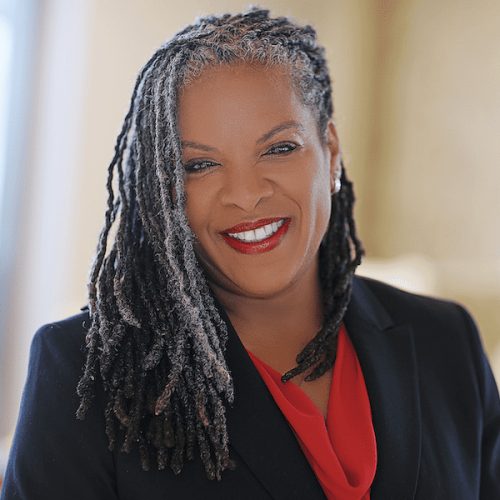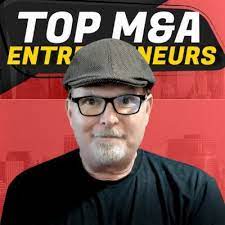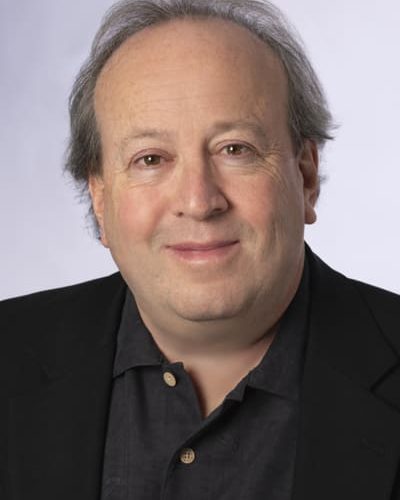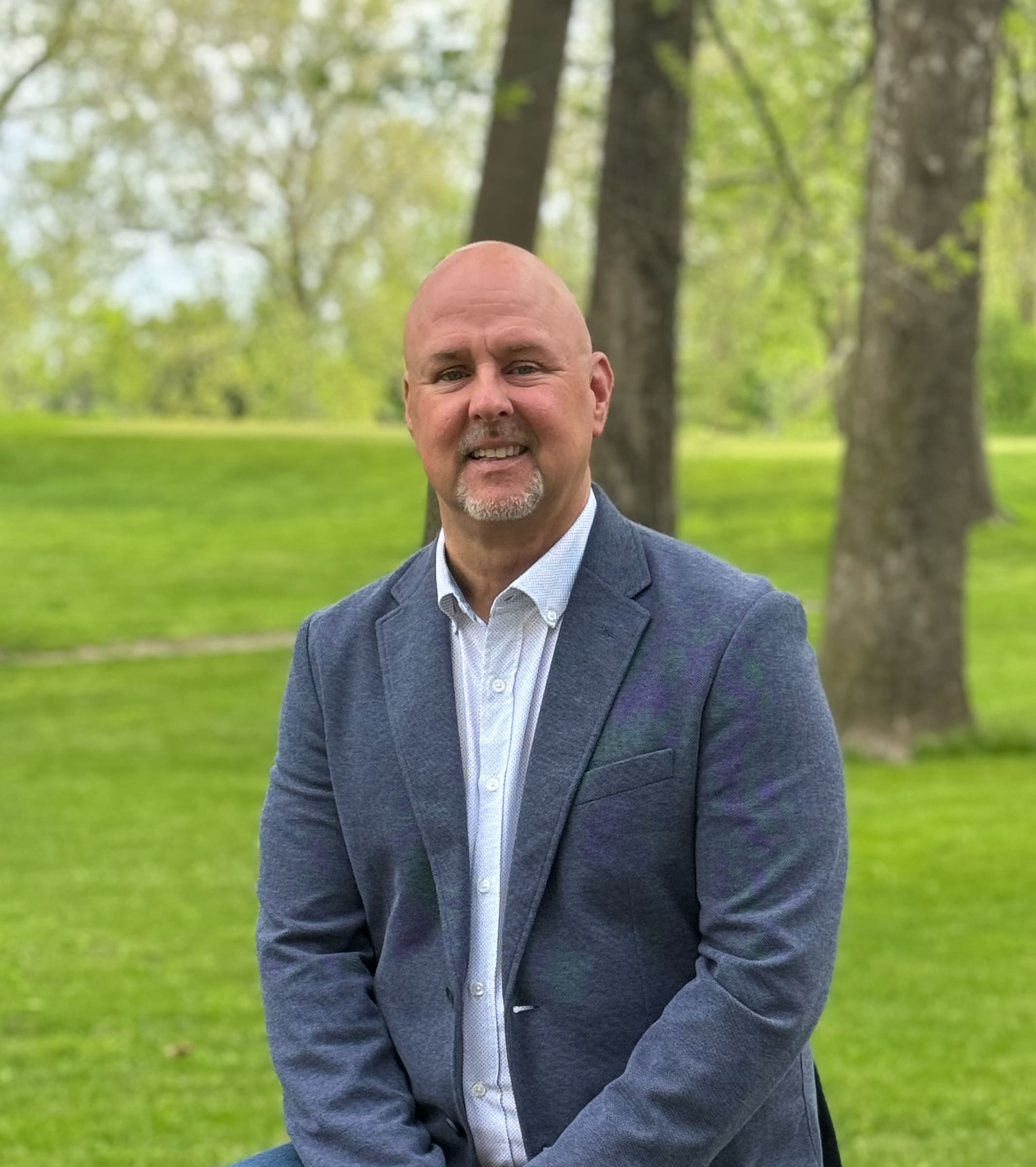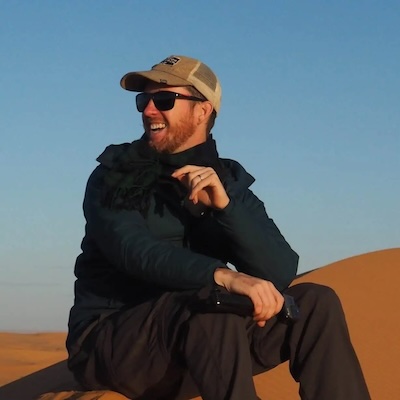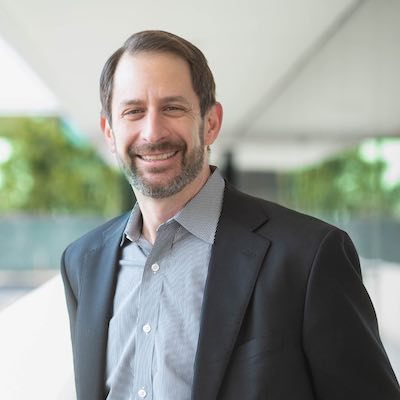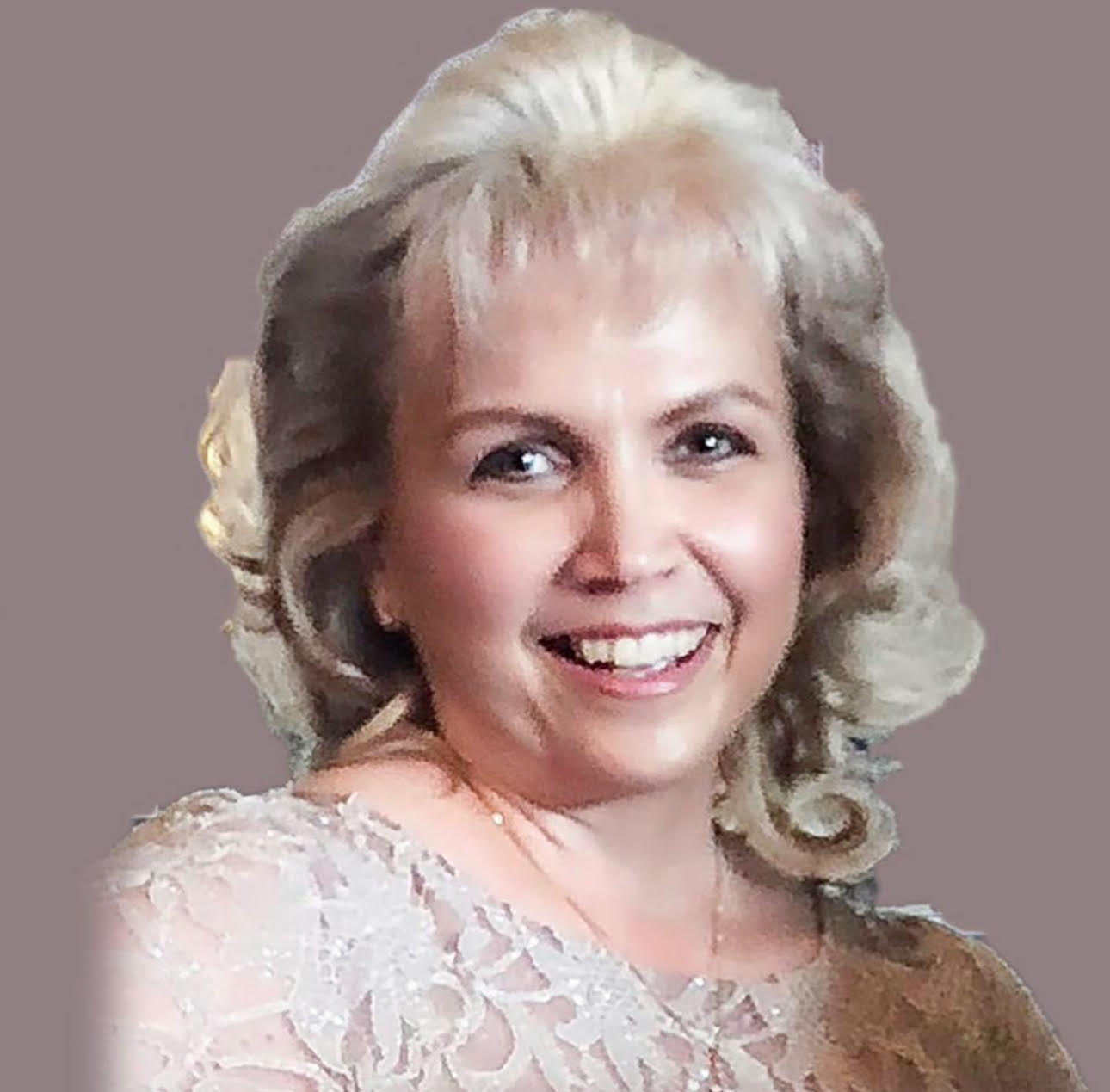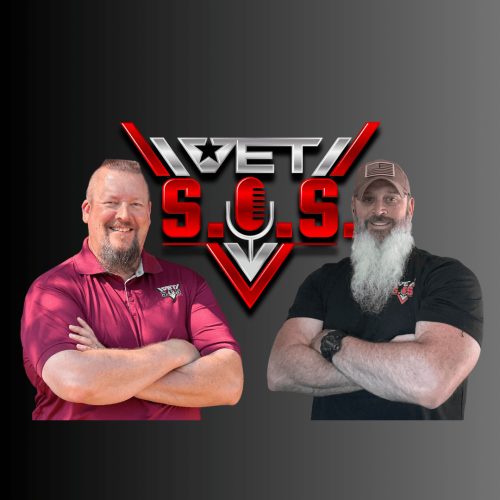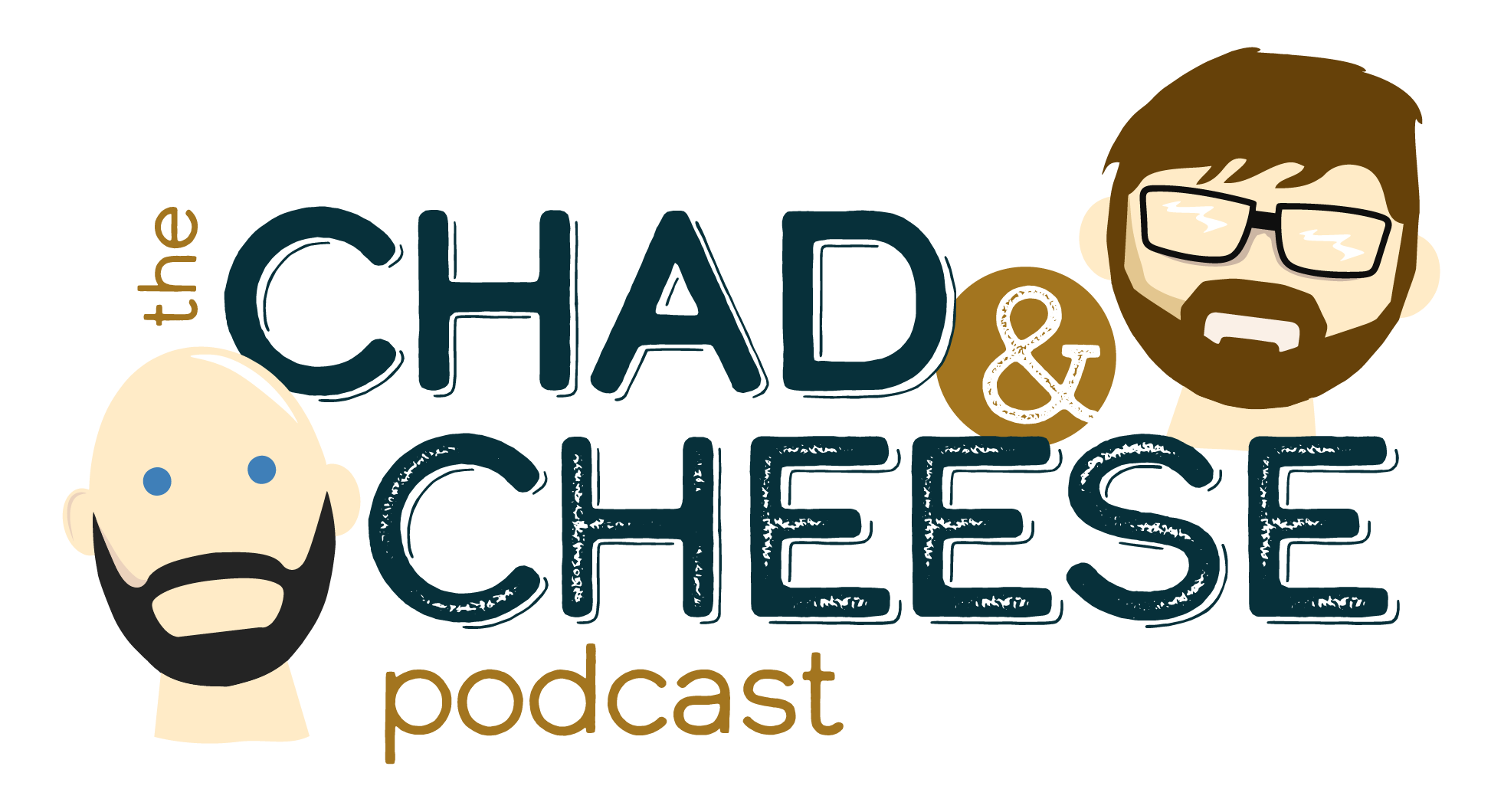Consulting and the Standing ‘O’
The Firm Off-Site
n
I think it was at the end of our first year, a new start-up consultancy with one u201dfamousu201d founder and his two founding partners, and by this point twenty people total. Weu2019d had a good year; some very large clients had hired us and weu2019d hired many impressive young people. The senior partner made his opening remarks at the off-site meeting. He expressed gratitude for the large pharmaceutical company and the telecommunications company which had entrusted us with work. He was expressed pride that his partners had brought in those large pieces of business. He enthused with pride about the excellence of the staff naming people by name, the Olympic level rifle markswoma, the various super-smart junior people who had stepped up in our first year, u201cAlan who got a standing ovation. I never saw a consultant get a standing ovation.u201d
n
u201cWait, what?u201d I thought u201cWhat is he talking about? Oh, at the speech at the media company.u2019
n
Someone asked me later, u201cDid you really get a standing u2018O? The boss was really impressed. He kept talking about it. I think it kind of unnerved him.u201d
n
u201cI worked with all the managers in that room intensely for a while and then I hadnu2019t seen them for five years. They were just saying hello.u201d I really hadnu2019t thought anything of it.
n
When I thought about later, I realized that I had unintentionally upstaged my boss.
n
I arranged for my boss, a senior director originally from a Big Three consulting firm to speak at my former clientu2019s leadership off-site. We first met my former client, the CEO for lunch. I donu2019t think they particularly connected. My client was an extrovert, a glad-hander; my boss was a quiet thoughtful type. The CEO was a flamboyant dresser; my boss was quietly dressed in the gray suit, consulting uniform. My boss was to speak on his book, which had sold quite well, but u00a0even though I sent it over a week before my client hadnu2019t lookedu00a0 at it.
n
The CEO kept saying how much his company had enjoyed working with me and the results they had achieved. I think he was trying to build me up with my new boss, who seemed uncomfortable. I kept bringing the topic back to the speech and the lunch was pleasant enough, but I left feeling a little awkward.
n
The offsite came and I was embarrassed to learn that there was another speaker, an L.E.K. partner who was going on before my boss. My client confided to me that this consultant had done some work and would be presenting it. u201cI had to make sure that there was enough content,u201d he said. I was not happy, but put on a brave face.
n
The L.E.K. partner spoke for two hours in the morning; my boss was on for u00a0an hour before lunch. The core of what the other consultant presented was a custom metrics developed tree for the firm, a balanced scorecard of sorts. This firm sold national spot radio time on literally thousands of radio stations to advertisers. There were sales metrics, agency service metrics, station service metrics financial metrics, different types of revenue, profit margins for each, all linked to Growth targets for the next year.
n
He presented well, built the tree up from scratch with animation, but I think the audience of forty to fifty year-old advertising salespeople might have found it a little dryu00a0 It was clear that the CEO liked the tree and that theyu2019d all be measured by this tree next year; they golf clapped when the L.E.K. guy was done..
n
Then the CEO read from my bossu2019s bio about the critics reactions to his book on teams, and said that this speaker was u201cmade possible by someone you all know, Alan Culler.u201d
n
The entire audience rose as one applauding, whistling and hooting. I waved, but they kept applauding for over a minute, while my boss stood at the podium, nonplussed waiting to speak. Eventually, he cleared his throat, things quieted down and he spoke. He spoke well as usual, with some humor, got good applause when he finished and took questions, which would have gone on longer except lunch was served. He got applause again at the end of questions, but people came up to me all during lunch to say hello.
n
As I said, thinking about it later, if I were my boss, I would have felt upstaged.
n
Consulting is NOT about Standing Ovations
n
Consultants help people and companies change. The best consultants are almost invisible, quietly transformative.
n
Clients hire consultants to achieve a certain result, more revenue, or more profit, mostly. Sometimes clients hire consultants for u201cpeople stuff,u201d conflict resolution, training, getting people on the same page, reorganizing. I spent a lot of my career doing people stuff, but I always kept the goals of more revenue or more profit in mind. So I did work in three areas Innovation (more revenue), Improvement (more profit) or Integration u2013 making sure that change was integrated into the organization,
n
My goal was to always be helpful, as perceived by the client. Help is defined by the recipient. Help that isnu2019t asked for isnu2019t likely to be perceived as help, more likely as interference.
n
The last value that shaped my practice was to always remember, u201citu2019s the clientu2019s business.u201d This meant that I was religious about giving credit for ideas to those who came up with them and never taking credit for results. I worked with clients, helped where I could, They achieved results.
n
So standing ovations, applause of any kind, werenu2019t something I sought. I facilitated leadership team meetings, ran leadership workshops, and training sessions. Sometimes at the end, the leader would thank me and my co-facilitator and that would prompt applause. Sometimes Iu2019d say, u201cThank you and now give yourselves a round of applause, because you did all the work,u201d which produced laughter and applause.
n
There were some incredible meetings over the years, where people got a lot done and were grateful and applauded. Some of those were at the radio rep firm.
n
What Happened in this Case
n
My mentor George introduced me to the firm, He worked with the CEO on and off for more than thirty years at that point. George was regarded as smart, fun, a little crazy, a u201cforce of nature.u201d
n
This was a small company, two to three hundred people. They handled huge amounts of ad revenue for their client stations, so they needed the systems and processes of a much larger firm. Further, they managed two distinct u2018customeru201d groups. There were the radio stations, whom they called u201cclients.u201d The stations themselves had many influencers at the station level and u00a0were owned by an ever-changing array of individuals and corporate media groups.
n
The second group of customers bought advertising on the stations. This was an equally complex collection of decision makers, media buyers, media planners and some creatives and account people at advertising agencies, u00a0as well as marketing managers at client corporations.
n
About 11 years prior to the off-site where my boss spoke, the company had a new strategy to reverse the decline of radiou2019s share of the advertising mix. In short the strategy was to increase calling high and wide. Instead of just calling on media buyers, after a campaign was planned, reps would call higher and wider. We created a new salesforce, and a relationship manager structure to manage the internal cooperation necessary to pull this off.
n
I designed a strategic training program based around the Forum Corporationu2019s Influence Management course. I used Forumu2019s feedback instrument, questionnaires sent to five people with aggregate feedback given to participants as to drive the training. We used two sets of feedback, customers, and internal resources the participant needed to make the strategy work.
n
The program was a four day residential program delivered in the companyu2019s conference center, a late nineteenth Century mansion in Tuxedo Park, NY. The sessions started Sunday evening, ran from 8:00 a.m. to 8:00 pm Monday Tuesday and Wednesday, and till 1:00 on Thursday. Meals were phenomenal, alcohol flowed at night. The sessions were intense and I did feedback Coaching sessions with anyone who wanted it.
n
I literally trained everyone in the company in the four-day program. u00a0The relationship managers program was two one week relationship management simulation based sessions that I trained with a Harvard Business School professor, a Harvard DBA and a former Monitor consultant.
n
The strategy was very successful for the next few years. In the interim I went first to Gemini Consulting and then to this start-up firm.
n
So my bossu2019s audience was mainly the mid-career people I had trained who had risen to be new leaders of the firm as well as the remaining leadership team had not seen me in five years.
n
Therefore, my interpretation of the standing ovation I received was long separated old friends saying hello. I didnu2019t expect it. I didnu2019t anticipate it or I might have warned my new boss, as I certainly didnu2019t intend to upstage him.
n
My boss didnu2019t close work with this firm, but I did, on and off until the CEO retired.
n
Lessons from the Standing u2018Ou2019
n
I never explained this to my new boss. He never asked me. I explained it to those that did (in much less detail). But as I think about it I learned some things:
n
- n
- Donu2019t seek applause u2013 Focus on results -u201cItu2019s the clientu2019s businessu201d -give credit where credit is due.
- Be helpful-giving help where requested -check to see how it is received.
- Be gracious -if someone expresses gratitude, applauds in some way, say u201cthank you,u201d and mean it, but donu2019t milk it or let it go to your head.
- Try not to upstage your boss.
n
n
n
n
“,”tablet”:”
The Firm Off-Site
n
I think it was at the end of our first year, a new start-up consultancy with one u201dfamousu201d founder and his two founding partners, and by this point twenty people total. Weu2019d had a good year; some very large clients had hired us and weu2019d hired many impressive young people. The senior partner made his opening remarks at the off-site meeting. He expressed gratitude for the large pharmaceutical company and the telecommunications company which had entrusted us with work. He was expressed pride that his partners had brought in those large pieces of business. He enthused with pride about the excellence of the staff naming people by name, the Olympic level rifle markswoma, the various super-smart junior people who had stepped up in our first year, u201cAlan who got a standing ovation. I never saw a consultant get a standing ovation.u201d
n
u201cWait, what?u201d I thought u201cWhat is he talking about? Oh, at the speech at the media company.u2019
n
Someone asked me later, u201cDid you really get a standing u2018O? The boss was really impressed. He kept talking about it. I think it kind of unnerved him.u201d
n
u201cI worked with all the managers in that room intensely for a while and then I hadnu2019t seen them for five years. They were just saying hello.u201d I really hadnu2019t thought anything of it.
n
When I thought about later, I realized that I had unintentionally upstaged my boss.
n
I arranged for my boss, a senior director originally from a Big Three consulting firm to speak at my former clientu2019s leadership off-site. We first met my former client, the CEO for lunch. I donu2019t think they particularly connected. My client was an extrovert, a glad-hander; my boss was a quiet thoughtful type. The CEO was a flamboyant dresser; my boss was quietly dressed in the gray suit, consulting uniform. My boss was to speak on his book, which had sold quite well, but even though I sent it over a week before my client hadnu2019t looked at it.
n
The CEO kept saying how much his company had enjoyed working with me and the results they had achieved. I think he was trying to build me up with my new boss, who seemed uncomfortable. I kept bringing the topic back to the speech and the lunch was pleasant enough, but I left feeling a little awkward.
n
The offsite came and I was embarrassed to learn that there was another speaker, an L.E.K. partner who was going on before my boss. My client confided to me that this consultant had done some work and would be presenting it. u201cI had to make sure that there was enough content,u201d he said. I was not happy, but put on a brave face.
n
The L.E.K. partner spoke for two hours in the morning; my boss was on for an hour before lunch. The core of what the other consultant presented was a custom metrics developed tree for the firm, a balanced scorecard of sorts. This firm sold national spot radio time on literally thousands of radio stations to advertisers. There were sales metrics, agency service metrics, station service metrics financial metrics, different types of revenue, profit margins for each, all linked to growth targets for the next year.
n
He presented well, built the tree up from scratch with animation, but I think the audience of forty to fifty year-old advertising salespeople might have found it a little dry It was clear that the CEO liked the tree and that theyu2019d all be measured by this tree next year; they golf clapped when the L.E.K. guy was done..
n
Then the CEO read from my bossu2019s bio about the critics reactions to his book on teams, and said that this speaker was u201cmade possible by someone you all know, Alan Culler.u201d
n
The entire audience rose as one applauding, whistling and hooting. I waved, but they kept applauding for over a minute, while my boss stood at the podium, nonplussed waiting to speak. Eventually, he cleared his throat, things quieted down and he spoke. He spoke well as usual, with some humor, got good applause when he finished and took questions, which would have gone on longer except lunch was served. He got applause again at the end of questions, but people came up to me all during lunch to say hello.
n
As I said, thinking about it later, if I were my boss, I would have felt upstaged.
n
Consulting is NOT about Standing Ovations
n
Consultants help people and companies change. The best consultants are almost invisible, quietly transformative.
n
Clients hire consultants to achieve a certain result, more revenue, or more profit, mostly. Sometimes clients hire consultants for u201cpeople stuff,u201d conflict resolution, training, getting people on the same page, reorganizing. I spent a lot of my career doing people stuff, but I always kept the goals of more revenue or more profit in mind. So I did work in three areas Innovation (more revenue), Improvement (more profit) or Integration u2013 making sure that change was integrated into the organization,
n
My goal was to always be helpful, as perceived by the client. Help is defined by the recipient. Help that isnu2019t asked for isnu2019t likely to be perceived as help, more likely as interference.
n
The last value that shaped my practice was to always remember, u201citu2019s the clientu2019s business.u201d This meant that I was religious about giving credit for ideas to those who came up with them and never taking credit for results. I worked with clients, helped where I could, They achieved results.
n
So standing ovations, applause of any kind, werenu2019t something I sought. I facilitated leadership team meetings, ran leadership workshops, and training sessions. Sometimes at the end, the leader would thank me and my co-facilitator and that would prompt applause. Sometimes Iu2019d say, u201cThank you and now give yourselves a round of applause, because you did all the work,u201d which produced laughter and applause.
n
There were some incredible meetings over the years, where people got a lot done and were grateful and applauded. Some of those were at the radio rep firm.
n
What Happened in this Case
n
My mentor George introduced me to the firm, He worked with the CEO on and off for more than thirty years at that point. George was regarded as smart, fun, a little crazy, a u201cforce of nature.u201d
n
This was a small company, two to three hundred people. They handled huge amounts of ad revenue for their client stations, so they needed the systems and processes of a much larger firm. Further, they managed two distinct u2018customeru201d groups. There were the radio stations, whom they called u201cclients.u201d The stations themselves had many influencers at the station level and were owned by an ever-changing array of individuals and corporate media groups.
n
The second group of customers bought advertising on the stations. This was an equally complex collection of decision makers, media buyers, media planners and some creatives and account people at advertising agencies, as well as marketing managers at client corporations.
n
About 11 years prior to the off-site where my boss spoke, the company had a new strategy to reverse the decline of radiou2019s share of the advertising mix. In short the strategy was to increase calling high and wide. Instead of just calling on media buyers, after a campaign was planned, reps would call higher and wider. We created a new salesforce, and a relationship manager structure to manage the internal cooperation necessary to pull this off.
n
I designed a strategic training program based around the Forum Corporationu2019s Influence Management course. I used Forumu2019s feedback instrument, questionnaires sent to five people with aggregate feedback given to participants as to drive the training. We used two sets of feedback, customers, and internal resources the participant needed to make the strategy work.
n
The program was a four day residential program delivered in the companyu2019s conference center, a late nineteenth Century mansion in Tuxedo Park, NY. The sessions started Sunday evening, ran from 8:00 a.m. to 8:00 pm Monday Tuesday and Wednesday, and till 1:00 on Thursday. Meals were phenomenal, alcohol flowed at night. The sessions were intense and I did feedback coaching sessions with anyone who wanted it.
n
I literally trained everyone in the company in the four-day program. The relationship managers program was two one week relationship management simulation based sessions that I trained with a Harvard Business School professor, a Harvard DBA and a former Monitor consultant.
n
The strategy was very successful for the next few years. In the interim I went first to Gemini Consulting and then to this start-up firm.
n
So my bossu2019s audience was mainly the mid-career people I had trained who had risen to be new leaders of the firm as well as the remaining leadership team had not seen me in five years.
n
Therefore, my interpretation of the standing ovation I received was long separated old friends saying hello. I didnu2019t expect it. I didnu2019t anticipate it or I might have warned my new boss, as I certainly didnu2019t intend to upstage him.
n
My boss didnu2019t close work with this firm, but I did, on and off until the CEO retired.
n
Lessons from the Standing u2018Ou2019
n
I never explained this to my new boss. He never asked me. I explained it to those that did (in much less detail). But as I think about it I learned some things:
n
- n
- Donu2019t seek applause u2013 Focus on results -u201cItu2019s the clientu2019s businessu201d -give credit where credit is due.
- Be helpful-giving help where requested -check to see how it is received.
- Be gracious -if someone expresses gratitude, applauds in some way, say u201cthank you,u201d and mean it, but donu2019t milk it or let it go to your head.
- Try not to upstage your boss.
n
n
n
n
“}},”slug”:”et_pb_text”}” data-et-multi-view-load-tablet-hidden=”true”>
The Firm Off-Site
I think it was at the end of our first year, a new start-up consultancy with one ”famous” founder and his two founding partners, and by this point twenty people total. We’d had a good year; some very large clients had hired us and we’d hired many impressive young people. The senior partner made his opening remarks at the off-site meeting. He expressed gratitude for the large pharmaceutical company and the telecommunications company which had entrusted us with work. He was expressed pride that his partners had brought in those large pieces of business. He enthused with pride about the excellence of the staff naming people by name, the Olympic level rifle markswoma, the various super-smart junior people who had stepped up in our first year, “Alan who got a standing ovation. I never saw a consultant get a standing ovation.”
“Wait, what?” I thought “What is he talking about? Oh, at the speech at the media company.’
Someone asked me later, “Did you really get a standing ‘O? The boss was really impressed. He kept talking about it. I think it kind of unnerved him.”
“I worked with all the managers in that room intensely for a while and then I hadn’t seen them for five years. They were just saying hello.” I really hadn’t thought anything of it.
When I thought about later, I realized that I had unintentionally upstaged my boss.
I arranged for my boss, a senior director originally from a Big Three consulting firm to speak at my former client’s leadership off-site. We first met my former client, the CEO for lunch. I don’t think they particularly connected. My client was an extrovert, a glad-hander; my boss was a quiet thoughtful type. The CEO was a flamboyant dresser; my boss was quietly dressed in the gray suit, consulting uniform. My boss was to speak on his book, which had sold quite well, but even though I sent it over a week before my client hadn’t looked at it.
The CEO kept saying how much his company had enjoyed working with me and the results they had achieved. I think he was trying to build me up with my new boss, who seemed uncomfortable. I kept bringing the topic back to the speech and the lunch was pleasant enough, but I left feeling a little awkward.
The offsite came and I was embarrassed to learn that there was another speaker, an L.E.K. partner who was going on before my boss. My client confided to me that this consultant had done some work and would be presenting it. “I had to make sure that there was enough content,” he said. I was not happy, but put on a brave face.
The L.E.K. partner spoke for two hours in the morning; my boss was on for an hour before lunch. The core of what the other consultant presented was a custom metrics developed tree for the firm, a balanced scorecard of sorts. This firm sold national spot radio time on literally thousands of radio stations to advertisers. There were sales metrics, agency service metrics, station service metrics financial metrics, different types of revenue, profit margins for each, all linked to growth targets for the next year.
He presented well, built the tree up from scratch with animation, but I think the audience of forty to fifty year-old advertising salespeople might have found it a little dry It was clear that the CEO liked the tree and that they’d all be measured by this tree next year; they golf clapped when the L.E.K. guy was done..
Then the CEO read from my boss’s bio about the critics reactions to his book on teams, and said that this speaker was “made possible by someone you all know, Alan Culler.”
The entire audience rose as one applauding, whistling and hooting. I waved, but they kept applauding for over a minute, while my boss stood at the podium, nonplussed waiting to speak. Eventually, he cleared his throat, things quieted down and he spoke. He spoke well as usual, with some humor, got good applause when he finished and took questions, which would have gone on longer except lunch was served. He got applause again at the end of questions, but people came up to me all during lunch to say hello.
As I said, thinking about it later, if I were my boss, I would have felt upstaged.
Consulting is NOT about Standing Ovations
Consultants help people and companies change. The best consultants are almost invisible, quietly transformative.
Clients hire consultants to achieve a certain result, more revenue, or more profit, mostly. Sometimes clients hire consultants for “people stuff,” conflict resolution, training, getting people on the same page, reorganizing. I spent a lot of my career doing people stuff, but I always kept the goals of more revenue or more profit in mind. So I did work in three areas Innovation (more revenue), Improvement (more profit) or Integration – making sure that change was integrated into the organization,
My goal was to always be helpful, as perceived by the client. Help is defined by the recipient. Help that isn’t asked for isn’t likely to be perceived as help, more likely as interference.
The last value that shaped my practice was to always remember, “it’s the client’s business.” This meant that I was religious about giving credit for ideas to those who came up with them and never taking credit for results. I worked with clients, helped where I could, They achieved results.
So standing ovations, applause of any kind, weren’t something I sought. I facilitated leadership team meetings, ran leadership workshops, and training sessions. Sometimes at the end, the leader would thank me and my co-facilitator and that would prompt applause. Sometimes I’d say, “Thank you and now give yourselves a round of applause, because you did all the work,” which produced laughter and applause.
There were some incredible meetings over the years, where people got a lot done and were grateful and applauded. Some of those were at the radio rep firm.
What Happened in this Case
My mentor George introduced me to the firm, He worked with the CEO on and off for more than thirty years at that point. George was regarded as smart, fun, a little crazy, a “force of nature.”
This was a small company, two to three hundred people. They handled huge amounts of ad revenue for their client stations, so they needed the systems and processes of a much larger firm. Further, they managed two distinct ‘customer” groups. There were the radio stations, whom they called “clients.” The stations themselves had many influencers at the station level and were owned by an ever-changing array of individuals and corporate media groups.
The second group of customers bought advertising on the stations. This was an equally complex collection of decision makers, media buyers, media planners and some creatives and account people at advertising agencies, as well as marketing managers at client corporations.
About 11 years prior to the off-site where my boss spoke, the company had a new strategy to reverse the decline of radio’s share of the advertising mix. In short the strategy was to increase calling high and wide. Instead of just calling on media buyers, after a campaign was planned, reps would call higher and wider. We created a new salesforce, and a relationship manager structure to manage the internal cooperation necessary to pull this off.
I designed a strategic training program based around the Forum Corporation’s Influence Management course. I used Forum’s feedback instrument, questionnaires sent to five people with aggregate feedback given to participants as to drive the training. We used two sets of feedback, customers, and internal resources the participant needed to make the strategy work.
The program was a four day residential program delivered in the company’s conference center, a late nineteenth Century mansion in Tuxedo Park, NY. The sessions started Sunday evening, ran from 8:00 a.m. to 8:00 pm Monday Tuesday and Wednesday, and till 1:00 on Thursday. Meals were phenomenal, alcohol flowed at night. The sessions were intense and I did feedback coaching sessions with anyone who wanted it.
I literally trained everyone in the company in the four-day program. The relationship managers program was two one week relationship management simulation based sessions that I trained with a Harvard Business School professor, a Harvard DBA and a former Monitor consultant.
The strategy was very successful for the next few years. In the interim I went first to Gemini Consulting and then to this start-up firm.
So my boss’s audience was mainly the mid-career people I had trained who had risen to be new leaders of the firm as well as the remaining leadership team had not seen me in five years.
Therefore, my interpretation of the standing ovation I received was long separated old friends saying hello. I didn’t expect it. I didn’t anticipate it or I might have warned my new boss, as I certainly didn’t intend to upstage him.
My boss didn’t close work with this firm, but I did, on and off until the CEO retired.
Lessons from the Standing ‘O’
I never explained this to my new boss. He never asked me. I explained it to those that did (in much less detail). But as I think about it I learned some things:
- Don’t seek applause – Focus on results -“It’s the client’s business” -give credit where credit is due.
- Be helpful-giving help where requested -check to see how it is received.
- Be gracious -if someone expresses gratitude, applauds in some way, say “thank you,” and mean it, but don’t milk it or let it go to your head.
- Try not to upstage your boss.
The post Consulting and the Standing ‘O’ appeared first on Wisdom from Unusual Places.
Originally Published on https://wisdomfromunusualplaces.com/blog/


